All I have taken with interest of varying degrees and with grains of salt from a fine powder to rock salt proportions and I think I have FINALLY arrived in a solid opinion, though I need to ping this off what Joseph Smith has said on the matter (I cannot remember). I need to double down with what the D&C say on the matter. I do not have enough time to do the research as I am in the thick of building our house - so I welcome any opinions that counter Delia Taylor's research. I really respect and admire her for her work. Fantastic gal - so much so that I am pulling her research right off her blog so it is not lost with the infamous 404 black hole.....:
Is the servant marred or anointed in Isaiah 52?
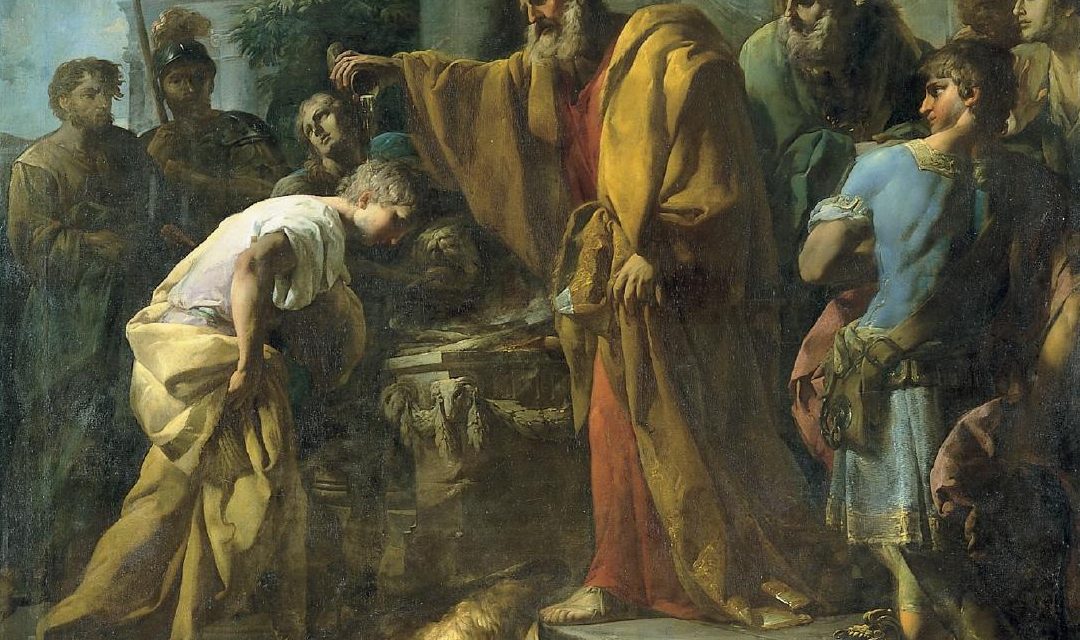
The word “marred” in Isaiah 52 could actually be “anointed”. You know that part of Isaiah where the servant is marred beyond human semblance?
As many were astonished at him –
His appearance was so marred,
Beyond human semblance,
And his form beyond that of the sons of men – (Isa. 52.14)
I was reading a book by Margaret Barker where she explains:
This verse has significantly different forms in the ancient versions. The MT [Masoretic Text] and the Targum, which used the MT, say he was disfigured beyond human semblance, such that people were astonished (thus RSV). The Qumran Isaiah scroll,69 however, has ‘he was anointed beyond human semblance’ such that kings and people were astonished. The difference is one letter: mšt in the MT and mšty in the Qumran scroll. The Servant ‘anointed beyond human semblance’ means he was transfigured, and so, as did Enoch, he became like one of the glorious ones. (Barker, Margaret. Temple Mysticism: An Introduction (pp. 9-10). SPCK. Kindle Edition.)
The Masoretic Text is dated at 1000 AD and the Dead Sea Scrolls, Qumran Isaiah Scroll is dated at 100 BC. Since the discovery and study of the Dead Sea Scrolls, we can now compare them to the traditional Masoretic Text. Although the texts are quite similar, there are differences.
It is easy to see how this one word could be copied incorrectly — mst (mishat) in the MT vs msty in the Qumran scroll. In fact, when I looked up the Hebrew word translated marred (mst) it was only used once — Hebrew Concordance:
Other entries, showing annointing instead of marred:
I have taken a screenshot of the Interlinear text where you can see the word mishat translated as marred:
The possibility that this word could be annointed instead of marred was also suggested in anearlier study by William H. Brownlee:
As many were astonished at you —I so anointed his appearance beyond that of (other) sons of men—So shall he sprinkle many nations because of himself,and kings shall shut their mouths;for that which had not been told them they have seen,and that which they had not heard they have understood.
According to Barker, “the Targum mentions this later, that the Servant would look different from an ordinary man because he would have a holy brightness,” The opening lines of the suffering servant song “reveal a now-familiar figure: anointed and transfigured, raised up and given knowledge. Then, as high priest on the day of atonement, he sprinkles many nations.” (Barker)
Who has believed what we have heard?
And to whom has the arm of the LORD been revealed?
For he grew up before him like a young plant,
And like a root out of dry ground;
He had no form or comeliness that we should look at him,
And no beauty that we should desire him.
He was despised and rejected by men;
A man of sorrows, and acquainted with grief;
And as one from whom men hide their faces
He was despised, and we esteemed him not. (Isa. 53.1–3)
Barker also explains that “arm of the Lord” could be read as seed/son of the Lord. The Hebrew word “zera” means either son or seed. And the next line could be “he grew up before him like a suckling child.”
The words ‘form’, to’ar, and ‘comeliness’, hādār, may be wordplay, because to’ar means, literally, ‘a shape drawn in outline’, and so similar to demut; and hādār would be better translated ‘majesty’ or ‘splendour’. These the Servant lacked, and yet the Targum emphasized the opposite: ‘His appearance shall not be that of a common man, nor the fear of him that of an ordinary man; but his brightness shall be a holy brightness …’ (Barker, Margaret. Temple Mysticism: An Introduction (pp. 156-157). SPCK. Kindle Edition.)The great Isaiah scroll found at Qumran, however, has an extra letter in the word ‘marred’ – ‘his appearance was marred beyond human semblance’ – so that it could be read as ‘anointed’. The servant would then be ‘anointed beyond human appearance, his form beyond that of a human being’, in other words, a man transfigured by anointing. This would explain why the Targum and the early Christians thought this poem was about the Anointed One, and why the Targum went on to explain that the servant did not look like a common man but had a holy brightness or splendour.11 Nor does the MT mention ‘the light’ that the Servant saw after his suffering. The LXX reads: ‘It was the will of the LORD … to show him light and to form him with understanding’ (LXX Isa. 53.11), and the Qumran texts of Isaiah12 also say that he saw the light. The words in the Qumran Hebrew that are not in the MT identify the Song of the Suffering Servant as a temple mysticism text: the Anointed One who was high and lifted up, saw the light and was given knowledge. Furthermore, it was the Qumran version of this Song that Jesus quoted to the disciples on the road to Emmaus: ‘Was it not necessary that the Anointed One should suffer these things and enter into his glory?’ (Luke 24.26, my translation). There is no text in the MT that prophesies the Anointed One suffering and entering the glory. Jesus must have known the version of Isaiah found at Qumran, and the Christians who gave Luke the material for his Gospel must have known that Jesus used the Song of the Suffering Servant as a prophecy of himself. (Barker, Margaret. Temple Mysticism: An Introduction (pp. 9-10). SPCK. Kindle Edition.)
What is the Isaiah Scroll?
The Isaiah Scroll is also called the Great Isaiah Scroll and often abbreviated 1QIsaa. It is one of the seven Dead Sea Scrolls found by Bedouin shepherds in 1947 from Qumran Cave 1. It was also one of the best preserved scrolls, and has been dated between 356 – 103 BC, making it the oldest text today. Since most of our Bibles and Torah have been translated into English before 1947, the Masoretic Text (MT) was used as the source for the book of Isaiah. However, it should be noted that the MT is not as old as the Isaiah Scroll. The MT is dated to 1000 AD — about 1000 years after the Dead Sea Scroll. It seems to me that the Isaiah Scroll would be closer to Isaiah’s original writings since he wrote his text about 700 BC. It’s possible that the Isaiah Scroll from the Qumran cave could be a copy of Isaiah’s original. One of the differences between the Isaiah Scroll and the Masoretic Text (MT) is that the MT has vowel pointings (which is more recent) in the Hebrew text, whereas the Isaiah Scroll does not. When scribes copy texts, some errors occur, which is why it seems better to use a text that would not have been copied numerous times.

Photographic reproduction of the Great Isaiah Scroll, the best preserved of the biblical scrolls found at Qumran
Works Cited:
- Brownlee,Wm. H. The Servant of the Lord in the Qumran Scrolls I: Bulletin of the American Schools of Oriental Research. No. 132 (Dec., 1953), pp. 8-15 retrieved from: http://www.jstor.org/stable/1355795?read-now=1&refreqid=excelsior%3A5be8b389f809dec442ba758108d2ded5&seq=5#page_scan_tab_contents
- Barker, Margaret. Temple Mysticism: An Introduction. SPCK. Kindle Edition. retrieved from: Amazon Affiliate Link
- Biblehub.com retrieved from: http://biblehub.com/isaiah/52-14.htm
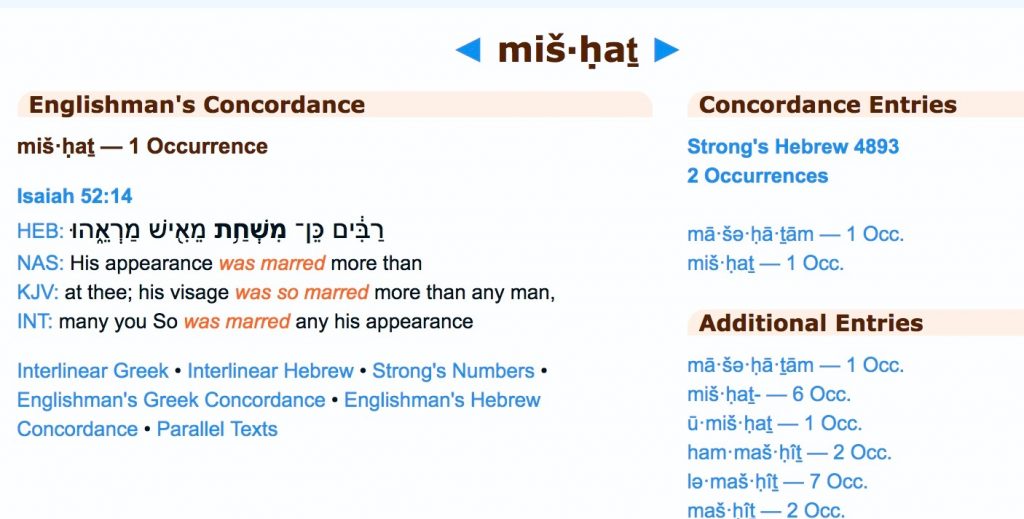
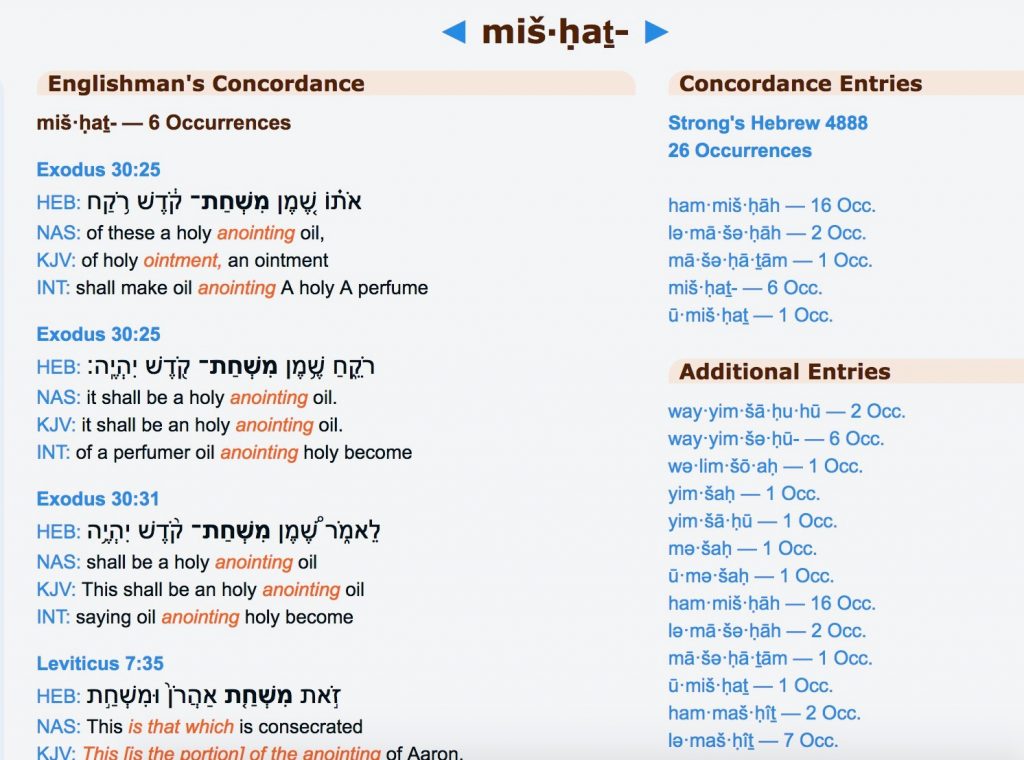
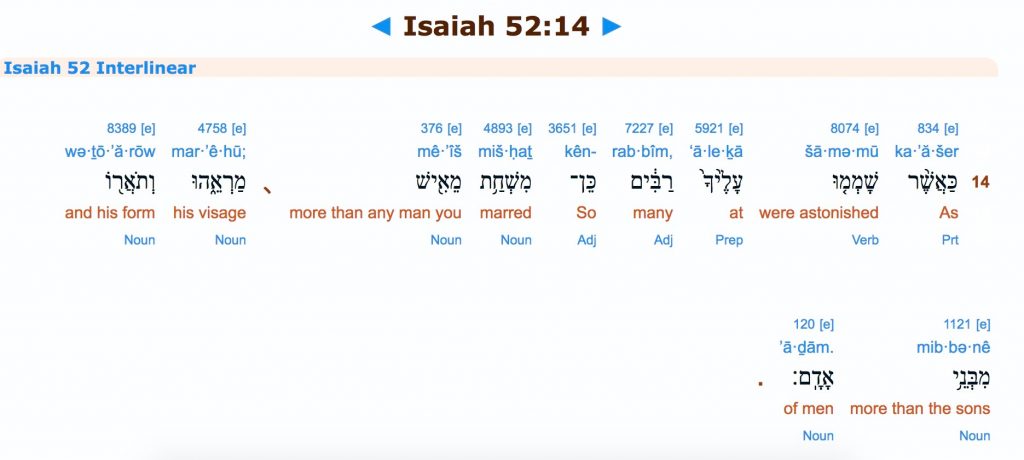
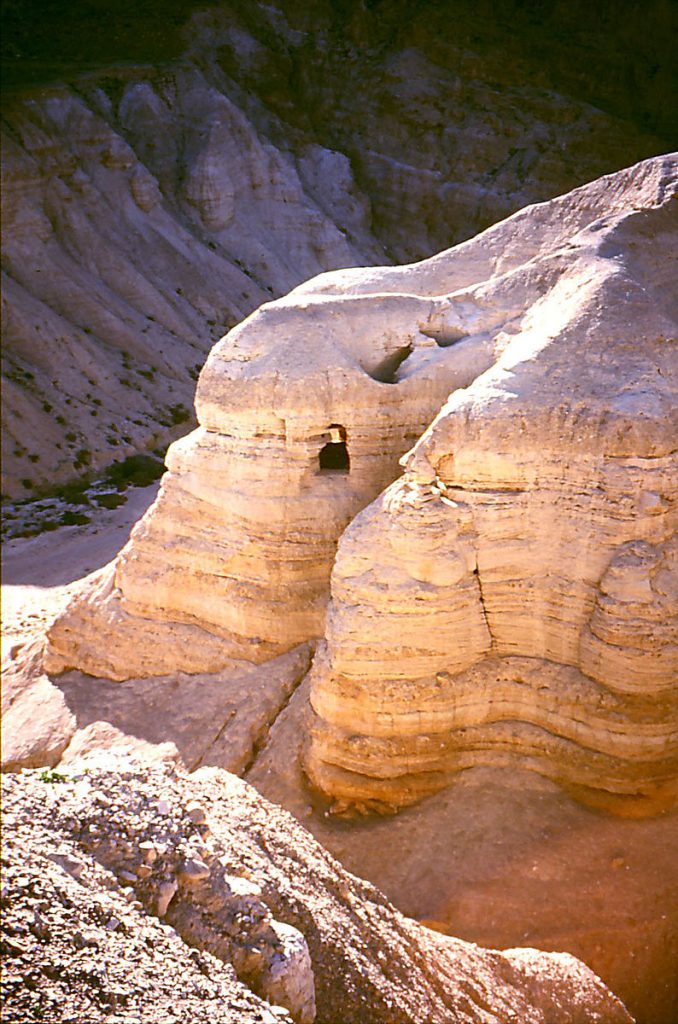
There are a lot of issues with the Masoretic text. Some are noted in this video: https://youtu.be/VI1yRTC6kGE
ReplyDelete